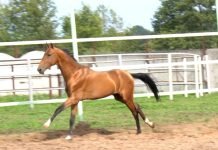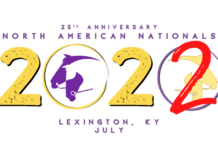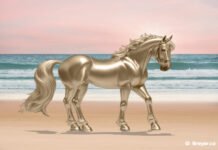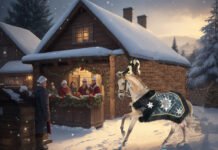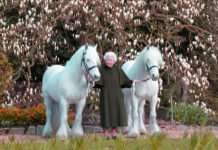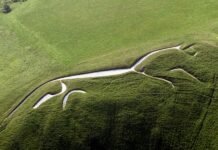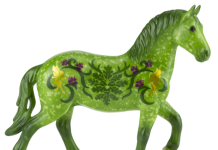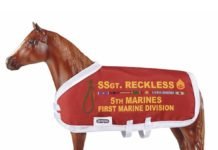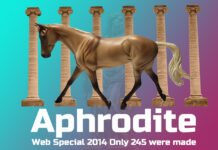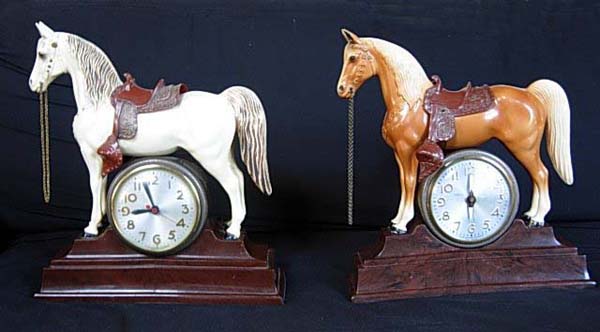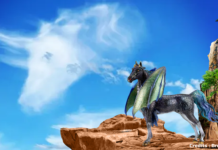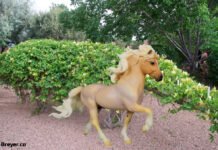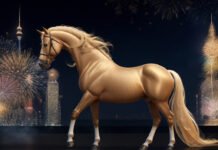Breyer was originally a clock company, but in 1950 they began producing horses. The Western Horse was the first model made as an ornament for a clock. The clocks sold so well that they then decided to sell just the model horse and the rest is history!
Breyer is located in New Jersey and all of its models were produced in the USA until approximately ten years ago.

To prevent the model from bloating when exposed to high temperatures, an air hole exists in every horse, usually located in the corner of the mouth or nostril.
No machines are used to paint the models. Each one is painted by hand and is touched by over 20 employees!
Each year at the Kentucky Horse Park in Lexington, KY, Breyer hosts a festival known as Breyerfest. This year was the 30th anniversary with a record attendance of over 30,000 people!
In 1984, Breyer was purchased by Reeves International, which relocated from Chicago to the current factory in New Jersey.
Every year, Breyer ships and sells close to 5 million models worldwide!
Each model begins as a clay statue that is sculpted into a true work of art by fine artists.
Breyer horses are divided into 5 scales or sizes: Traditional, about 11 inches high; Classic, about 6 inches high; Paddock Pals, about 4 inches high; Stablemates, about 3 inches high; and Minnie Whinnies, about 1 inch high.
Breyer has a line of porcelain and resin horses that are called the “Breyer Gallery.”
Breyer’s Premier club models are a line of limited edition models (only 500 are produced each year for members only) that are hand painted in the New Jersey factory by hand. The attention to detail is so great that they are the epitome of realism.
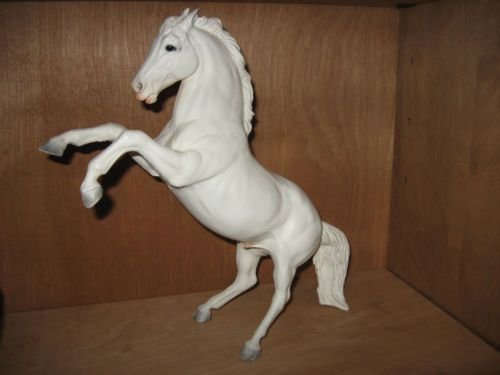
During the oil crisis in the 1970’s, Breyer had to use different colored plastics for their models. This required them to be painted with a white primer before the final paint went on. These horses are referred to as “Chalkies” and are highly collectible and valuable due to their rarity.
Breyer horses are often created as portraits of real life famous horses, an honor only given to the most deserving of equine specimens.
Happy collecting!



